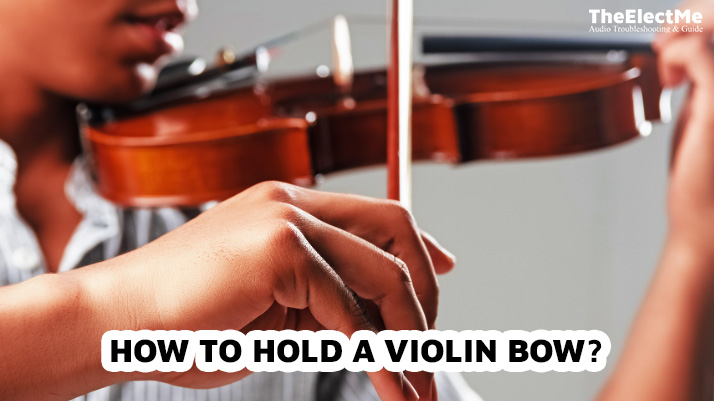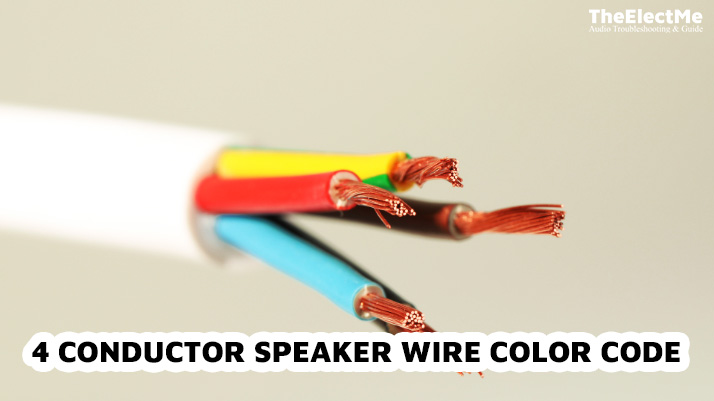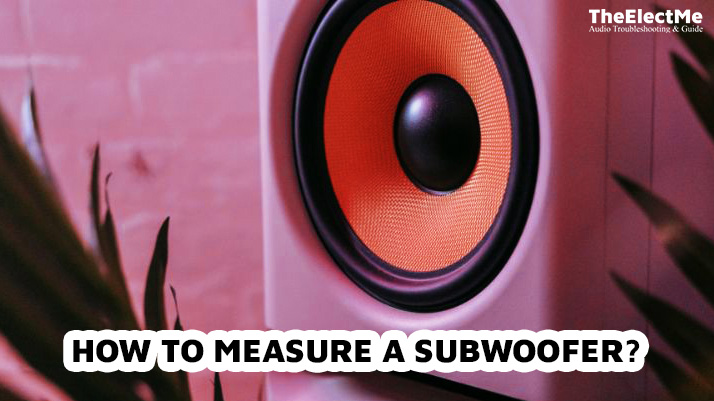Holding a violin bow properly is essential for any beginner violinist. A proper grip on the bow will help produce better sound quality. But how to hold a violin bow? Beginners often need help finding the correct grip and positioning their fingers on the bow.
This can cause discomfort and hinder their learning to play the violin. However, with a few simple steps and some practice, anyone can master how to hold a violin bow properly. This blog post will cover the different parts of the bow, correct hand placement, finger positioning, and common mistakes to avoid.
Ready? Let’s get started how to hold a violin bow.

How To Hold A Violin Bow: A Step-by-Step Guide
Mastering the proper technique for holding the bow is essential when playing the violin. How you have the bow directly affects the sound and quality of your violin playing. This step-by-step guide will explore the correct method for holding a violin bow.
Step 1: Set the Thumb at the Frog
Begin by placing the thumb at the frog of the bow. The thumb should be bent, touching the stick near the top right corner of the thumbnail. Ensuring the thumb does not poke through or extend too far over the frog is essential. This positioning provides stability and control while bowing.

Step 2: Place Middle and Ring Fingers over the Stick
Next, position the middle and ring fingers over the bow’s stick. These fingers should rest lightly on the post, providing support and balance. Avoid gripping the bar too tightly, as this can restrict the bowing motion and result in a strained sound.
Step 3: Position the Index Finger
Now, place the index finger on the stick, slightly above the middle and ring fingers. The index finger is a guide and control point for the bowing motion. It should curve naturally around the stick, with the fingertip pad making contact. Avoid excessive tension or pressing down too hard with the index finger.
Step 4: Maintain a Relaxed Hand Shape
Throughout the bow hold, it’s crucial to maintain a relaxed and natural hand shape. Avoid tensing up or forcing the fingers into uncomfortable positions. Allow the hand to find a comfortable and balanced place that promotes fluidity and ease of movement.

Step 5: Adjust for Personal Comfort
It’s important to note that everyone’s hand shape and size are unique. While the basic principles of the bow hold remain the same, some adjustments may be necessary to accommodate individual differences. Experiment with slight variations in finger placement or angle to find a bow hold that feels comfortable and natural for you.
Step 6: Seek Guidance from Experts
If you’re a beginner, seeking guidance from a violin teacher or experienced violinist can be immensely helpful. They can provide personalised tips and adjustments based on your needs and hand shape. Proper guidance and feedback from experts will ensure that you develop a solid foundation in your bowing technique.

Step 7: Practice, Practice, Practice
Mastering the bow hold takes time and practice. Incorporate regular practice sessions focused on the bow hold into your violin routine. Start with simple bowing exercises, gradually increasing the complexity as you become more comfortable and confident with your technique.

Consistency and mindfulness are crucial to developing muscle memory and refining your bow hold.
Let’s explore why holding the correct bow grip is important and how it affects your violin playing.
Why Is It Important To Master The Proper Bow Hold?
How you hold the bow directly affects the sound and quality of your violin playing. A correct bow hold allows for better control and precision in producing different sounds and dynamics on the violin. It also prevents strain and fatigue in the fingers, allowing longer practice sessions without discomfort.

Moreover, a proper bow hold allows smoother and more fluid bowing motions. This is essential for playing faster pieces or executing complex bowing techniques. A tense or incorrect bow grip makes producing a clean and consistent sound challenging.
Lastly, a correct bow hold also dramatically affects the overall posture and positioning of the violinist. It promotes proper arm, wrist, and hand alignment, preventing strain or injury in the long run. This is particularly crucial for young beginners developing their motor skills and coordination.
Let’s move to the common mistakes to avoid while holding a violin bow.
What Are The Common Mistakes To Avoid When Holding A Violin Bow?
As with anything, there are common mistakes that beginners tend to make when learning how to hold a violin bow. These mistakes can hinder progress and lead to poor technique and sound quality. Here are some of the most common mistakes to avoid:

1. Gripping the Bow Too Tightly
One of the most common mistakes is gripping the bow stick too tightly. This restricts the natural motion of the arm, resulting in a strained and tense sound.
2. Placing the Thumb too High on the Frog
Placing the thumb too high on the frog can cause instability and lack of control while bowing. Keep your thumb closer to the bottom right corner of the thumbnail.
3. Pressing Down too Hard With the Index Finger
Excessive pressure or tension in the index finger can cause a harsh and scratchy sound. You maintain a relaxed grip while using your fingertips to guide the bow.
4. Fingers Not Curved Naturally Around the Stick
Each finger should have a slight curve around the stick, allowing for fluid motion and control. Avoid flattening or forcing the fingers into unnatural positions.
5. Neglecting Hand Relaxation and Flexibility
A tense and rigid hand can significantly hinder the bowing technique and sound quality. Regularly check for tension and allow your hand to remain relaxed and flexible.
Frequently Asked Questions
What not to do with a violin bow?
Never tighten the hairs of the violin bow. The hair should always be loose when not in use to maintain its elasticity and prevent breakage. Additionally, avoid using excessive rosin on the bow, as it can cause a harsh sound and damage the instrument.
Are violin bows fragile?
The bow stick of a violin bow is usually made of wood, making it susceptible to damage if not handled with care. Avoid dropping or hitting the bow against hard surfaces, and always store it in a proper case when not in use.
Is violin bow rosin toxic?
It has minimum toxicity, but it’s not meant for consumption. It is recommended to wash your hands after handling rosin to avoid any potential irritation or allergic reactions.
Conclusion – How To Hold A Violin Bow?
Tu wraps up, achieving a proper bow hold is crucial for producing beautiful and expressive sounds on the violin. It takes time and practice to develop muscle memory and refine the technique. But how to hold a violin bow is most comfortable and natural for you, backed by expert guidance.
Always maintain hand relaxation and flexibility while holding the bow. With regular practice and dedication, you’ll soon master the art of having a violin bow easily. So, keep practising and enjoy your journey to becoming a skilled violinist.



